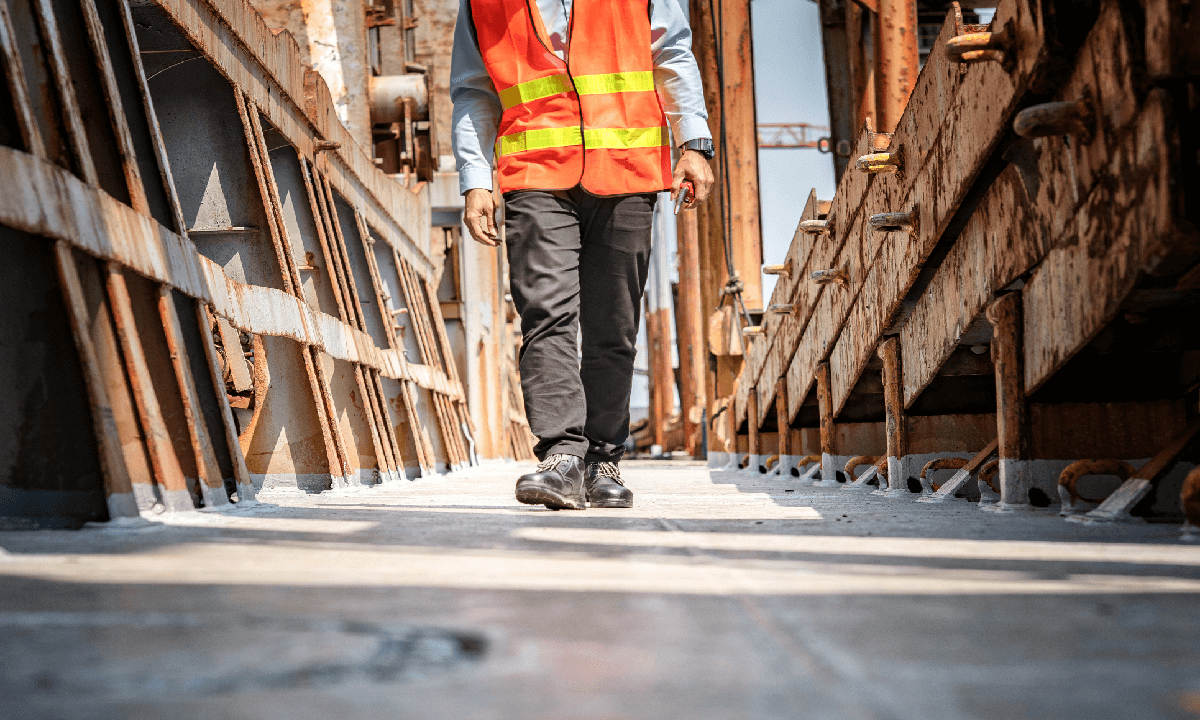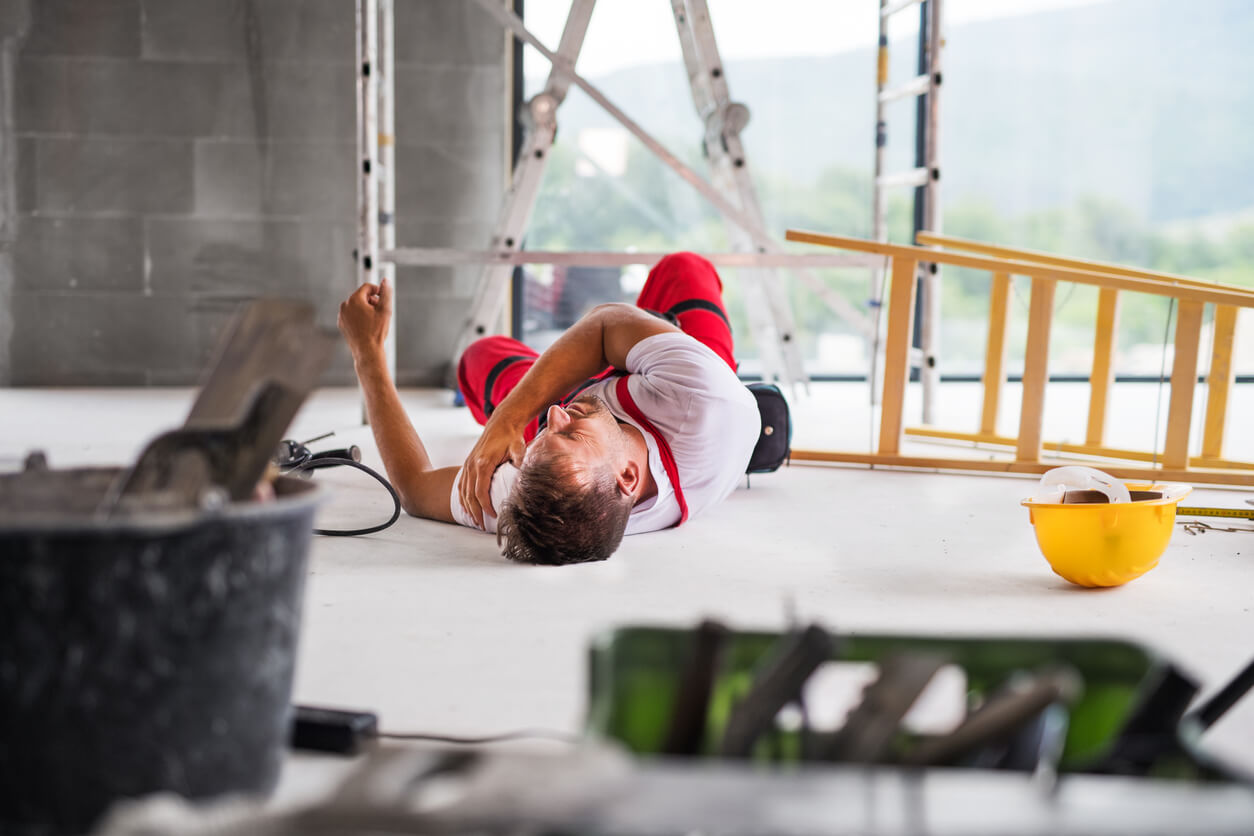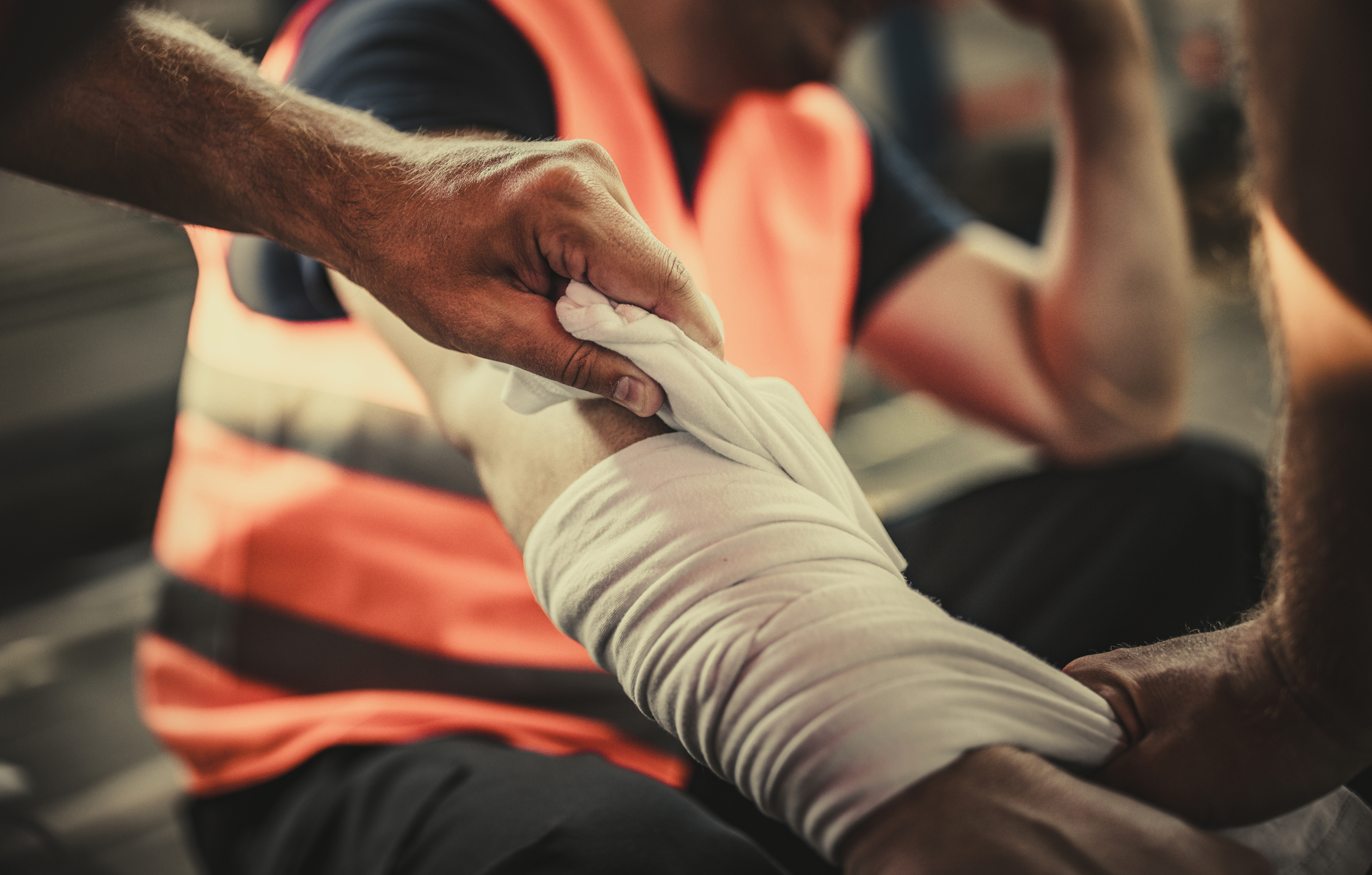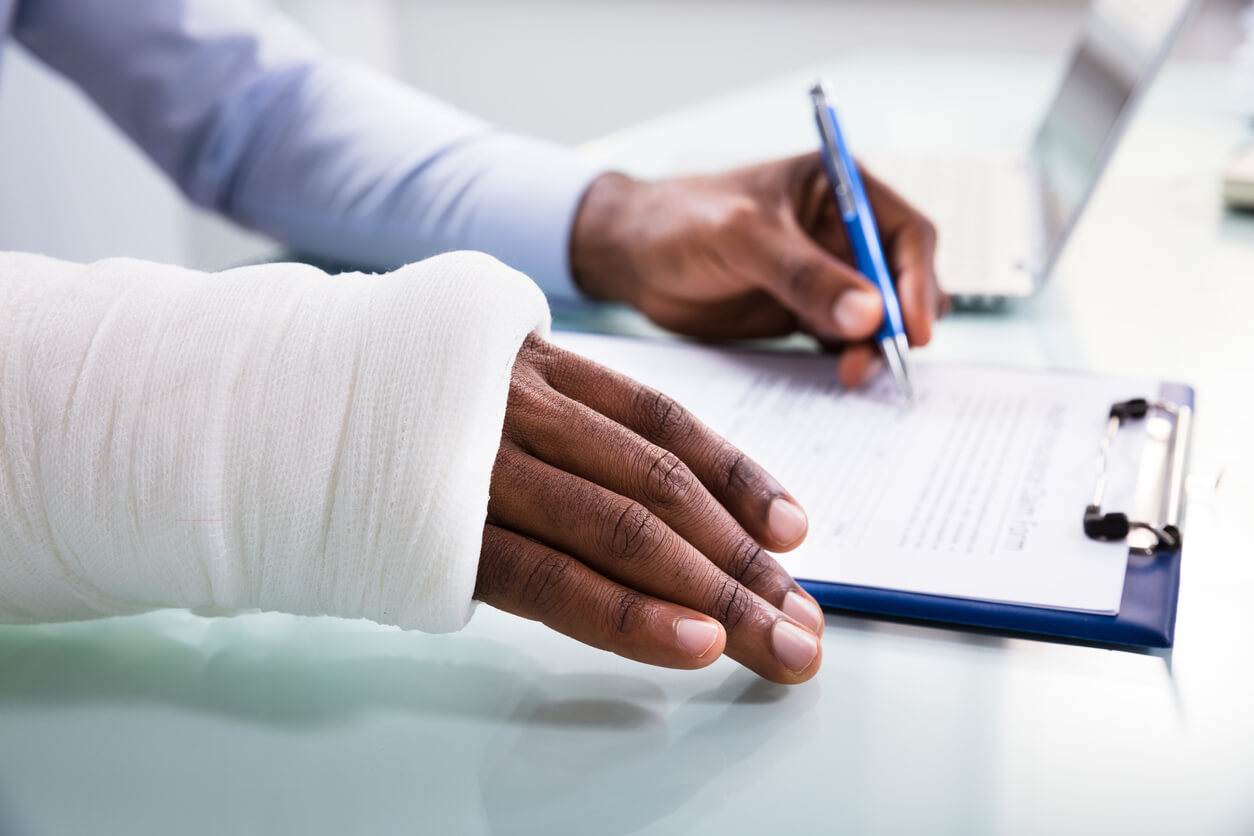Anyone who has seen a construction site gets a glimpse of how dangerous it can be to work there. After all, when you look at a construction site, what do you see? Heavy materials, hazardous materials, big pieces of equipment, electrical wires running here and there, and much more. Unfortunately, despite the signs of danger, it is far too easy to get complacent on a construction site. Being aware of the construction site dangers that play a far too common role in site injuries and watching out for these dangers is a critical step to staying safe and injury free on a construction site.
Construction Site Dangers to Watch Out For
To kick things off, we are going to talk about the construction site dangers that commonly lead to trips, slips, and falls. Due to uneven surfaces and unstable grounds on construction sites, there is a real threat of being injured in a slip, trip, and fall. In fact, thousands of construction site workers are injured each year in these types of accidents. Those on construction sites need to be careful with foot placement and be aware of uneven or unstable surfaces, particularly when building sites are so commonly at varying degrees of completion.
There are also different hazards to be cognizant of when working at different heights on a construction site. Of course, working at greater heights comes with a unique set of dangers and falling is a real threat to those working on elevated levels on a construction site. When working at heights, construction workers need to watch out for things like unstable surfaces and account for other things like the restricted mobility of working in high places as well as the greater chance of human error causing an accident. Workers should also watch out for misuse of safety equipment as this could literally be the difference between life or death when working at height on a construction site.
When work is happening at greater heights, those down below need to be aware of the dangers this poses as well. After all, one of the most prominent dangers on a construction site happens to be the risk of being struck by moving and falling objects. Considering the large equipment and dangerous materials being transported on construction sites and being lifted to height on construction sites, those down below or in the pathway of these things need to be aware of their surroundings. Proper safety equipment, such as helmets, should also be used to help mitigate the harm that may be sustained should a worker be struck by a moving or falling object.
There are also a number of electrical hazards to be aware of on a construction site. Those on a construction site should be careful to avoid direct contact with power lines and ungrounded power supplies used to power electrical equipment. Additionally, equipment should also be properly used which means that workers should also be properly trained in operating electrical equipment and the proper use of flexible cords and extension cords.
Philadelphia Personal Injury Attorneys
Construction sites are dangerous places. They become even more dangerous when proper safety measures are not employed. If you have been injured on a construction site, talk to the team at Cooper, Schall & Levy about your options for recovering proper compensation. Contact us today.





